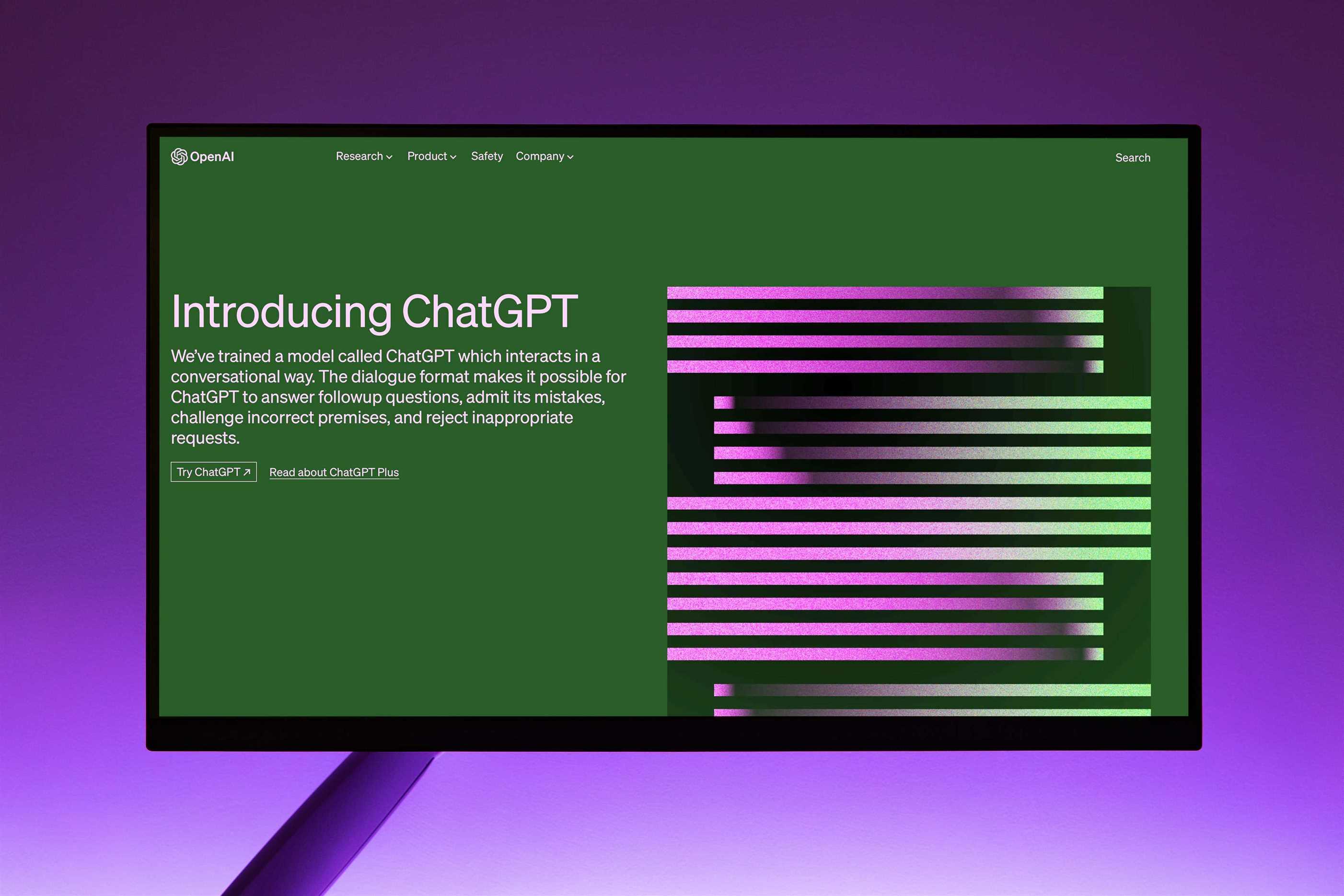What is ChatGPT?
ChatGPT is a natural language processing (NLP) model that is trained on a massive corpus of text data from the internet. Its purpose is to generate human-like responses to natural language queries and engage in conversations with humans. ChatGPT is built on the GPT-3.5 architecture, which is the latest iteration of the GPT series of models.
How does ChatGPT work?
ChatGPT works by leveraging the power of machine learning algorithms and deep neural networks. The model is trained on a large corpus of text data, which includes various sources such as news articles, blog posts, and social media posts. During the training process, the model learns to recognize patterns in the text data and understand the meaning behind different words and phrases.
Once the training is complete, ChatGPT can generate responses to natural language queries by applying its knowledge of language and patterns to the input text. The model is capable of generating text that is grammatically correct and contextually relevant to the input.
Capabilities of ChatGPT
ChatGPT has several capabilities that make it a state-of-the-art conversational AI. Some of its key capabilities include:
-
Natural Language Understanding: ChatGPT can understand natural language queries and respond in a way that is contextually relevant and grammatically correct.
-
Multi-turn Conversations: ChatGPT can engage in multi-turn conversations, meaning that it can understand the context of the conversation and respond accordingly.
-
Personalization: ChatGPT can be personalized to a specific user by training the model on the user's previous conversations.
-
Emotional Intelligence: ChatGPT has the ability to understand and respond to emotions, making it more human-like in its interactions.
Applications of ChatGPT
ChatGPT has several potential applications in a variety of industries. Some of its most promising applications include:
-
Customer Service: ChatGPT can be used to automate customer service interactions, providing a personalized and efficient customer experience.
-
Healthcare: ChatGPT can be used to assist healthcare professionals with medical diagnoses, providing faster and more accurate diagnoses.
-
Education: ChatGPT can be used to provide personalized tutoring and educational content to students.
-
Entertainment: ChatGPT can be used to create engaging and interactive games and entertainment experiences.
Conclusion
ChatGPT is a state-of-the-art conversational AI powered by GPT-3.5, the latest iteration of the GPT architecture. It is capable of generating human-like responses to natural language queries and engaging in multi-turn conversations. ChatGPT has several potential applications in a variety of industries, including customer service, healthcare, education, and entertainment. As the field of natural language processing continues to advance, we can expect ChatGPT and other conversational AI models to become even more sophisticated and human-like in their interactions.
Discover More
Most Viewed
Christmas is a season of joy, love, and traditions. And what better way to get into the holiday spirit than through timeless carols? These musical gems have been bringing people together for generations. Here’s our ranked list of the Top 10 Christmas Caro…
Read More

















